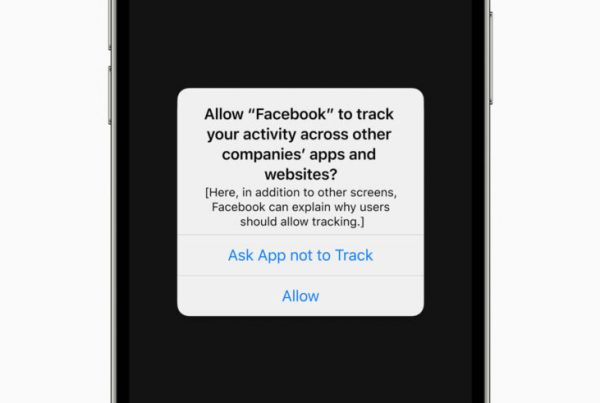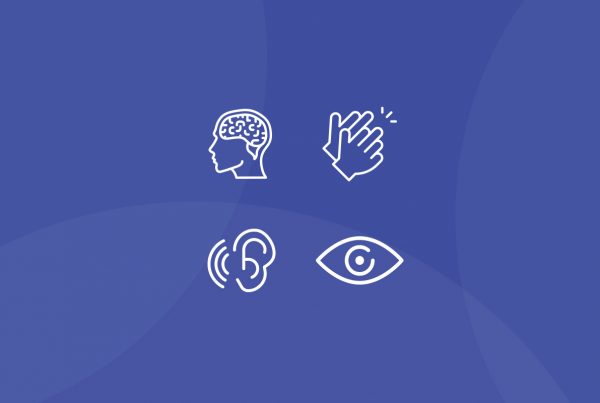The world wide web consortium sets the standard for web accessibility.
The web is for many people, an essential part of daily life at work at home and on the road. Web accessibility means that people with disabilities can use the web equally. For example, somebody who cannot use their arms and uses a mouse stick to type or someone who cannot hear well and uses captions to watch videos or someone who cannot see well and uses a screen reader to read aloud what’s on the screen. Accessibility has many benefits. For example, captions benefit anyone in aloud or in a quiet environment and good color contrast works better when there’s glare. Also people with age related, impairments, such as reduced dexterity benefit. In fact, everyone has a better user experience with an improved layout and design. A lot of accessibility can be built into the underlying code of websites and applications, web technologies from W3C, such as HTML provide support for many accessibility features. For example, features to provide text alternatives for images which are read aloud by screen readers, and also used by search engines.
Headings labels, and other code supports accessibility and improves the quality overall good offering tools such as wikis, content management systems and code editors help create accessible code either automatically or with input from the author.
Web browsers, media players and apps need to support accessibility features. W3C provides standards to help make the web accessible, which are internationally recognized by governments and businesses most well known is the web content accessibility guidelines.
WCAG is also ISO Standard 4500 and adopted in the European standard called EN301549.
It is built around four core principles.
First perceivable, for example, so people can see the content or hear it operable, for example, so people can use the computer by typing or by voice understandable, for example. So people get clear and simple language and robust so people can use different assistive technologies.
Besides WCG W3C also provides the offering tool, accessibility guidelines, ATAG, which defines requirements for content management systems, code editors and other software, and the user agent accessibility guidelines, UAAG defines requirements for web browsers and media players. There are over 1 billion people disabilities or around 15 to 20% of the population.
The UN convention on the rights of persons with disabilities defines access to information, including the web as a human right.
Most countries around the world have ratified this UN convention and several have adopted binding policies too, regardless of any laws and regulations implementing the accessibility standards is essential for people disabilities and useful for all.


